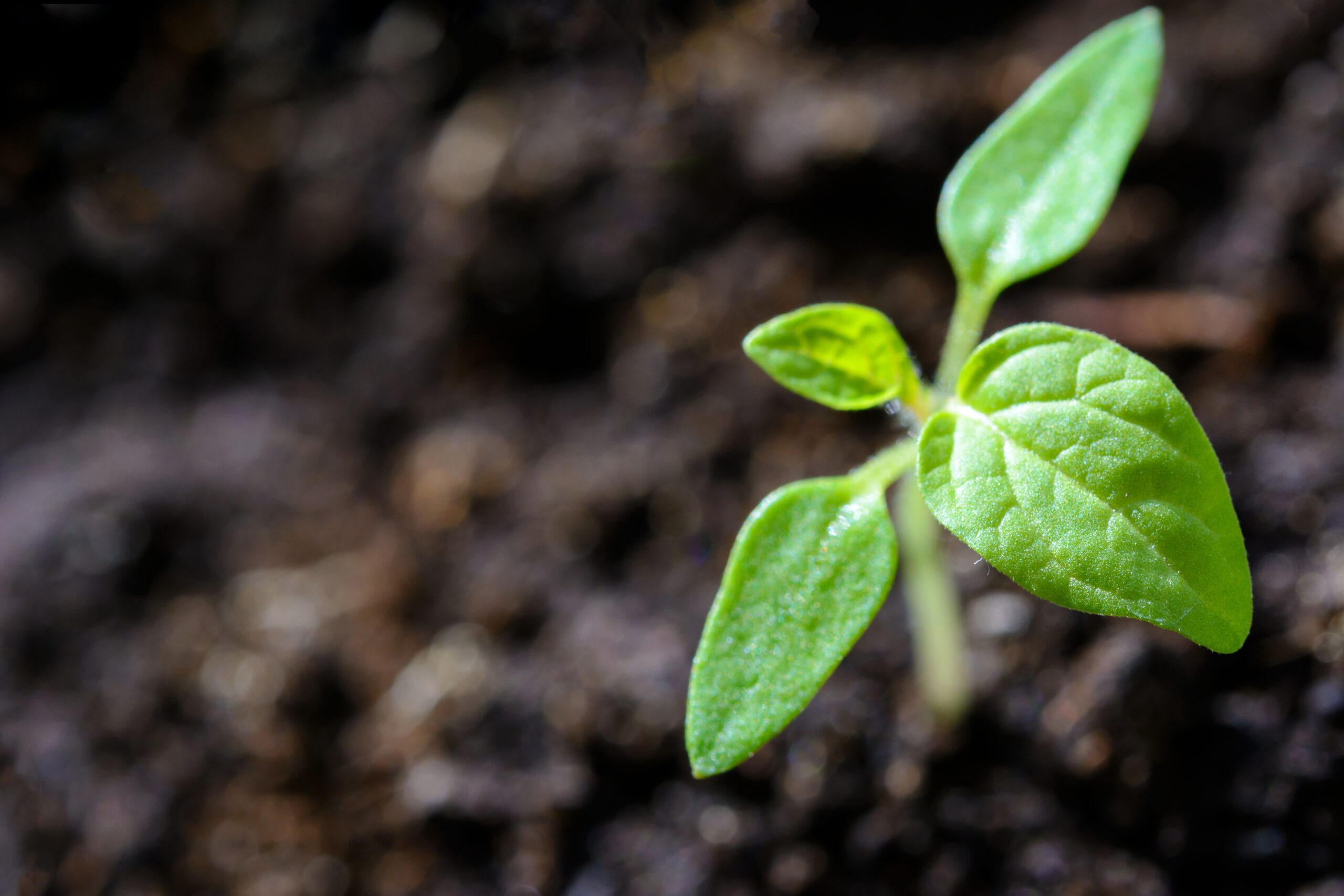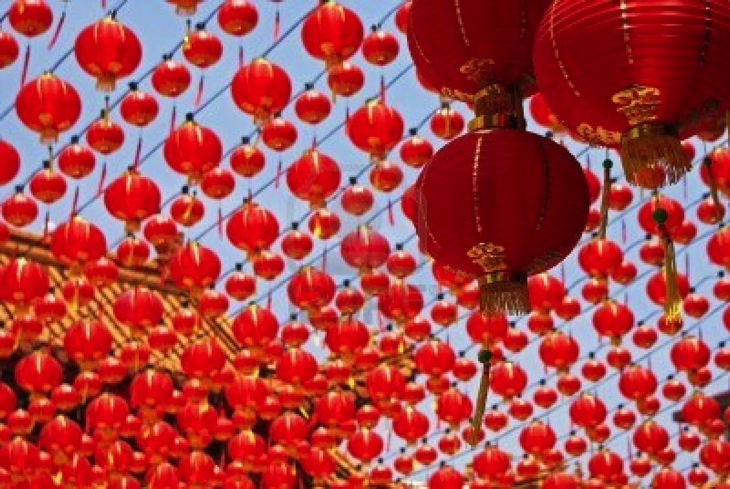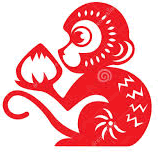
In Chinese Herbal Medicine (CHM) we do not simply use the herbs that grow in our gardens. These may be classed as food medicine but would not be potent enough for herbal medicine. In the long, rich tradition of CHM, herbs have been used that have the correct Dao Di. This roughly equates to high quality provenance. Over thousands of years of gathering herbal knowledge, the Chinese established what the best growing locations were for specific herbs, what the correct growth conditions were, and also, crucially, when the best time to harvest was to achieve the maximum therapeutic benefit:
“Daodi medicinal material is defined as medicinal material that is produced and assembled in specific geographic regions with designated natural conditions and ecological environment, with particular attention to cultivation technique, harvesting and processing. These factors lead to quality and clinical effects surpass those of same botanical origin produced from other regions, and thus is widely recognized and has long enjoyed a good reputation.” (Zhao, Guo & Brand, 2012).
The earliest reference to the importance of herbal production regions in the Chinese Materia Medica was in The Divine Husbandman’s Classic of Materia Medica (Shen nong ben cao jing) from the Eastern Han Dynasty 25-220CE. The Newly Revised Materia Medica (Xin xiu ben cao) from the Tang Dynasty (618-907CE) stated “if medicinal material is not produced from its native environment, the effect will be different.” And the Song Dynasty (960-1279CE) text, Extension of the Materia Medica (Ben cao yan yi), declared that “All medicinals must be chosen from suitable production regions”.
It is well understood that plants and their bioactive components are influenced by environmental factors such as topography, climate, soil conditions, light and humidity. The ancient Chinese people said that “tangerine plants grown south of the Huai river produce tangerines, but if they grow north of the Huai river they produce bitter oranges; the leaves are similar but the flavour of the fruit is different.” As Zhao, Guo & Brand note, “Ancient observers recognized that different environments not only produce changes in appearance, they also produce differences in medicinal nature.”
In modern times, we can measure this in labs and ensure that only the highest quality medicinals with the correct levels of active constituent chemicals are used. The approved suppliers of the RCHM all adhere to stringent quality testing to ensure both therapeutic benefit and safety. Herbs are safety-checked for any potentially toxic constituents, adulterants, substitutions or misidentification. We can be sure that the herb is what it claims to be, is of clinical medicinal standard and is safe for human consumption.
But even with our modern quality-controls, in CHM we still adhere to the old traditions of Dao Di. A study from 2003 used high-performance liquid chromatography and spectrophotometry to establish whether there was any difference in the main chemical constituents of San Qi (Panax notoginseng) depending on regional and seasonal variations (Dong et al, 2003). They found that the best quality San Qi was to be found in the southwestern parts of Wenshan and that the best harvest season was September-October which are in line with the traditional Dao Di for this herb.
Further research into Dao Di medicinal material is ongoing: (1) the application of quantitative genetics methods to explore the genetic material basis in order to reveal the molecular mechanism of the formation of Dao Di medicinal material; (2) the application of omics and systems biology to elucidate the contributing factors of Dao Di medicinal material; (3) the application of geographic authentication and protection of the intellectual property rights of Dao Di medicinal material based on its biological, chemical and pharmacological features (Pan, 2011), and this research is one of the key projects sponsored by the National Natural Science Foundation of China.
References:
Dong, T. et al., 2003. Chemical Assessment of Roots of Panax notoginseng in China: Regional and Seasonal Variations in Its Active Constituents. Journal of Agricultural and Food Chemistry, 51: 4617-4623.
Pan, F., 2011. Doadi medicinal material is the essence of Chinese medicine—a review of the 390th session of Xiangshan Science Conference. Science Times, Feb 28, 2011. Beijing, China.
Zhao, Z., Guo, P. and Brand, E. 2012. The formation of daodi medicinal materials. Journal of Ethnopharmacology, 140: 476-481.



